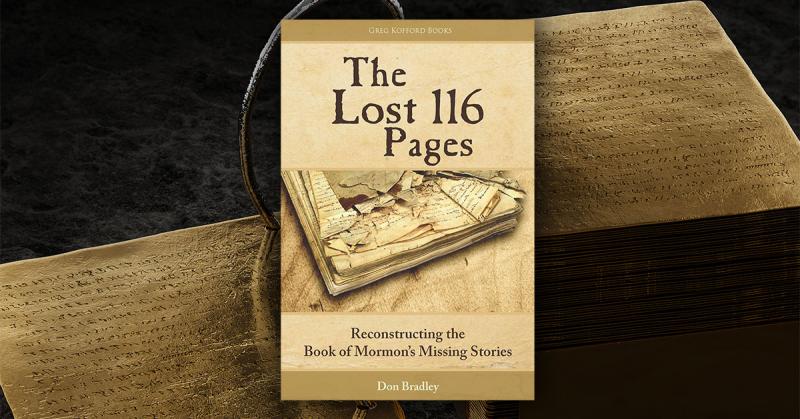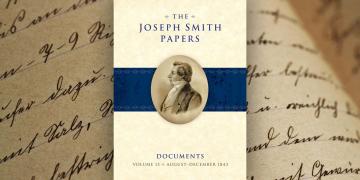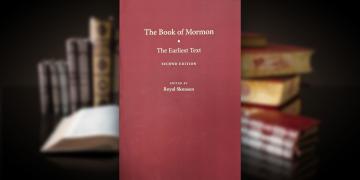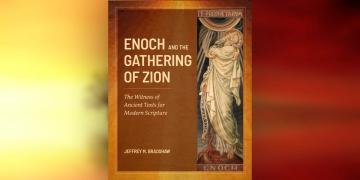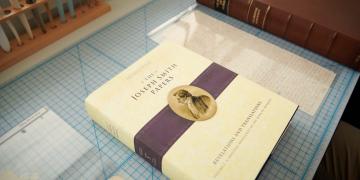You are here
Book of Mormon Central is in the process of migrating to our new Scripture Central website.
We ask for your patience during this transition. Over the coming weeks, all pages of bookofmormoncentral.org will be redirected to their corresponding page on scripturecentral.org, resulting in minimal disruption.
Don Bradley’s highly anticipated book, The Lost 116 Pages: Reconstructing the Book of Mormon’s Missing Narratives, is now available from Greg Kofford Books in paperback and ebook. Many Latter-day Saints have wondered what is in the lost 116 pages since they first learned about the story in Primary. For Bradley, that childhood curiosity turned into a lifelong quest, bringing historical research and careful textual analysis together in interesting and creative ways.
The book is divided into two parts. Part one deals with the history of the lost manuscript itself, starting with Joseph Smith’s recovery of the plates and Martin Harris’s encounter with Charles Anthon. While not strictly about the lost pages, these incidents are as much a part of the origins of the lost pages as they are part of the coming forth of the rest of the Book of Mormon, and Bradley brings fresh insights to these familiar episodes in early Restoration history. Bradley also discusses the translation of the lost manuscript, identifying who the primary scribes were, the method of translation, and how much text was translated (spoiler: it was probably more than 116 pages!). Once again, Bradley sheds new light on seemingly familiar stories and displays a knack for finding value in historical sources that are often ignored, dismissed, or downplayed.
In part two, Bradley begins exploring the content of the lost pages themselves—their stories, their themes, and their teachings. He does this by drawing on the existing Book of Mormon narrative—both the small plates that replaced the lost pages and thus provide overlapping content, and also the rest of Mormon’s abridgement, which occasionally echoes and alludes to the first part of his narrative. Bradley combines these elements with historical sources that reveal tantalizing tidbits about what was likely on the lost pages. To pull these disparate bits and pieces together, Bradley draws on narrative patterns and archetypes found throughout scripture—especially the Old Testament—to help flesh out the details. The final product is a plausible narrative sketch of the lost manuscript, which in some cases includes surprisingly rich and detailed stories that would otherwise remain lost.
While in the end there is no way to be certain how accurate or complete Bradley’s reconstruction is, the very process of his analysis illuminates the existing Book of Mormon text in profound ways. Future research may modify some of Bradley’s conclusions about the lost 116 pages, but many of his insights into the Book of Mormon’s founding narratives ultimately stand independent of whether specific details were on the lost pages or not.
As 2020 approaches, Bradley’s The Lost 116 Pages is the perfect supplement for Latter-day Saints preparing to both study the Book of Mormon for Come Follow Me and commemorate the Restoration in a bicentennial year. The book’s central focus is the now-missing first revelation of Restoration scripture. In trying to recover this missing text, Bradley’s analysis sheds welcome new light on early Restoration events, while at the same time illuminating the existing text of the Book of Mormon.
A sample chapter of Bradley’s book was published in Interpreter: A Journal of Latter-day Saint Faith and Scholarship.
The Lost 116 Pages is available in paperback and various ebook formats at the Greg Kofford Books website and Amazon.
Subscribe
Get the latest updates on Book of Mormon topics and research for free


